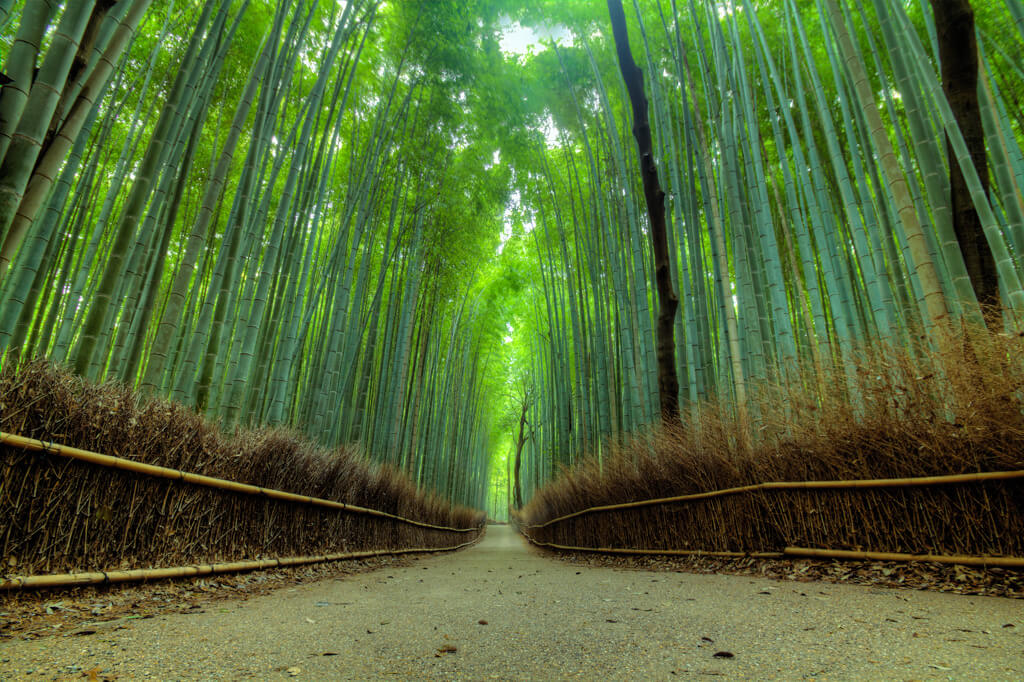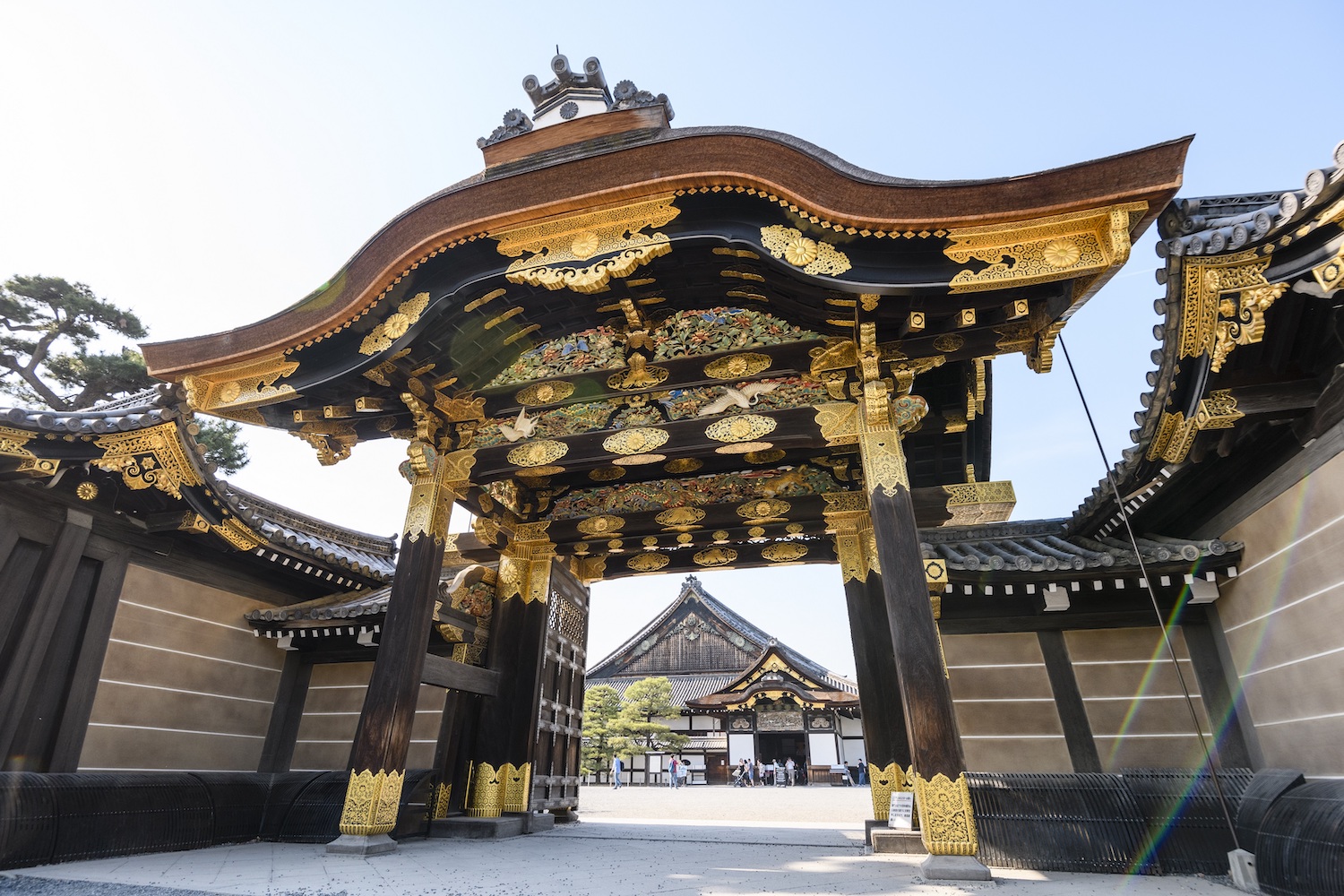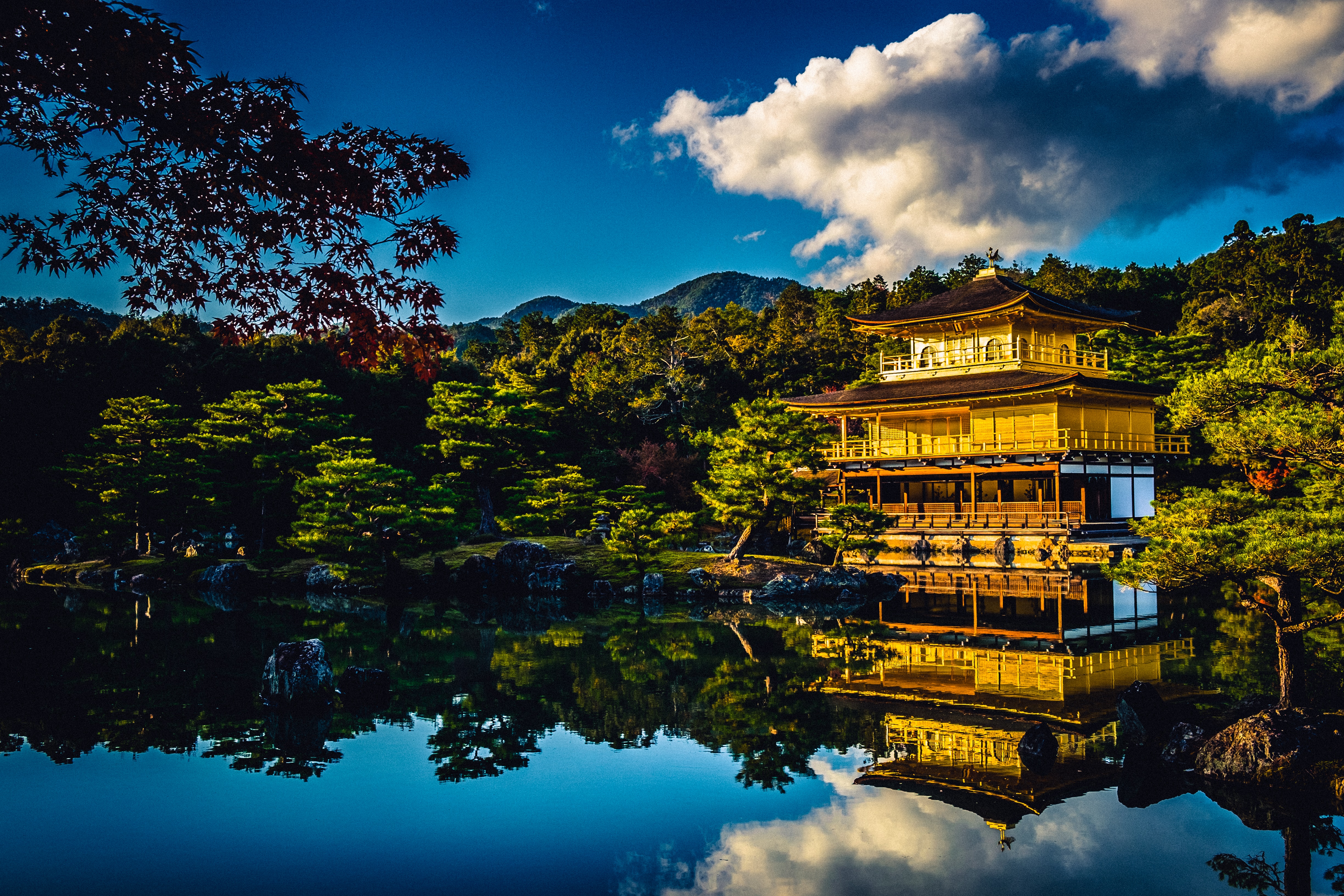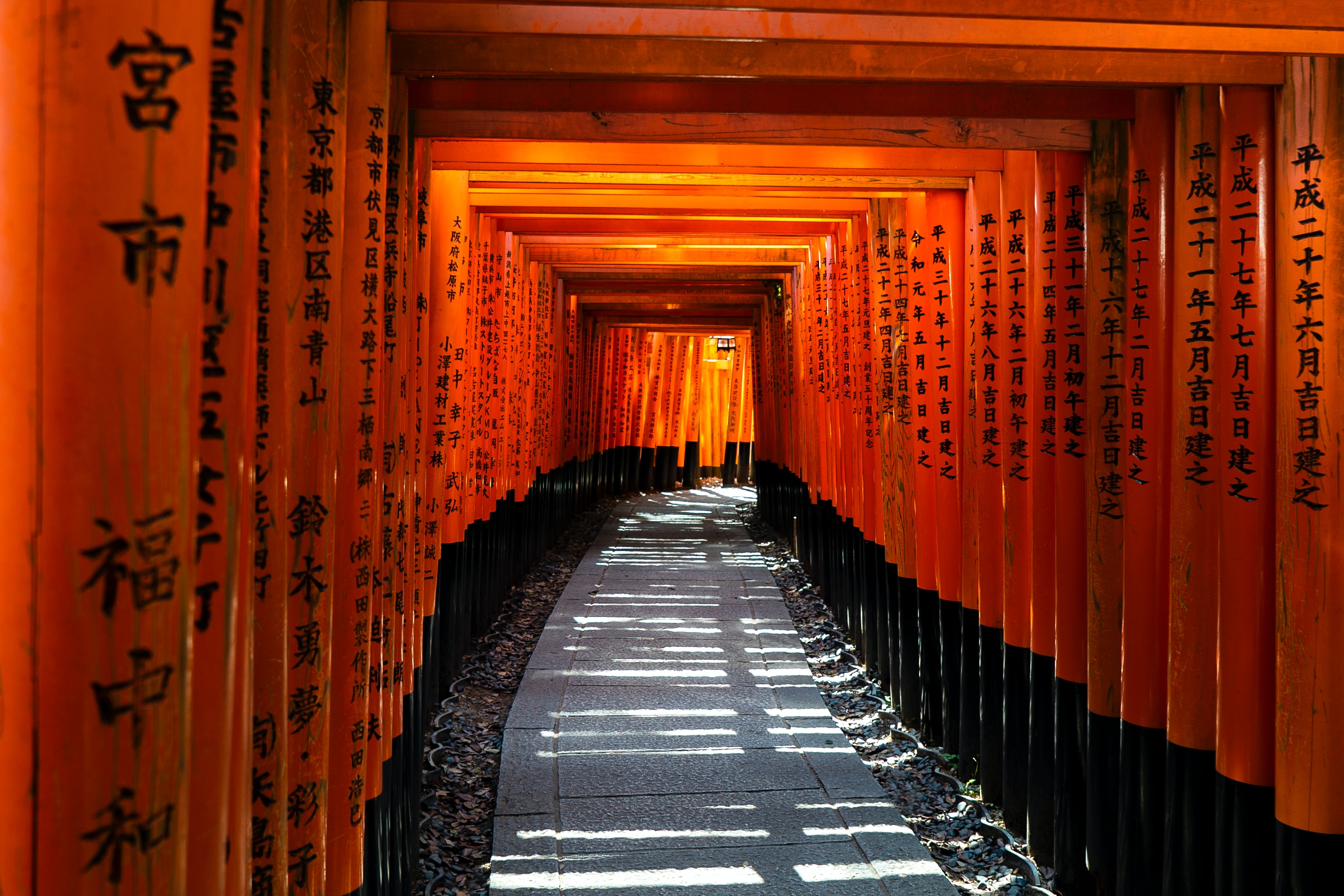
Why Kyoto?
Kyoto is the former capital city of Japan and world-famous for its refined culture, dining, and charm of rural Japan
Kyoto City attracts millions of local and international visitors each year looking for traditional Japanese culture. Temples and shrines such as Kiyomizudera Temple and Kinkakuji draw lots off attention from visitors, as do the bamboo groves of nearby Arashiyama. Stay in a traditional ryokan, take a dip in a rejuvenating onsen, and enjoy the seasonal changes of cherry blossoms and brilliant autumn foliage. Kyoto's magic is only a short bullet train ride from Tokyo. Beyond the city lie Kyoto Prefecture's many attractive rural areas. In the north, Amanohashidate has long been considered one of Japan's three most scenic places. Nestled in the mountains, Miyama is one of the last towns with thatched-roof farmhouses, many of which are still inhabited. Enjoy delicious local vegetables and the famous green tea grown in Uji.


